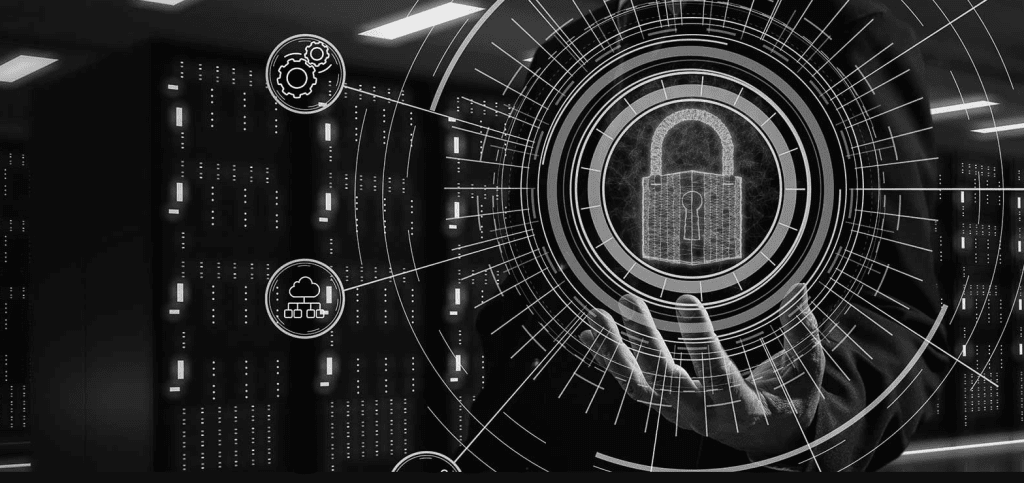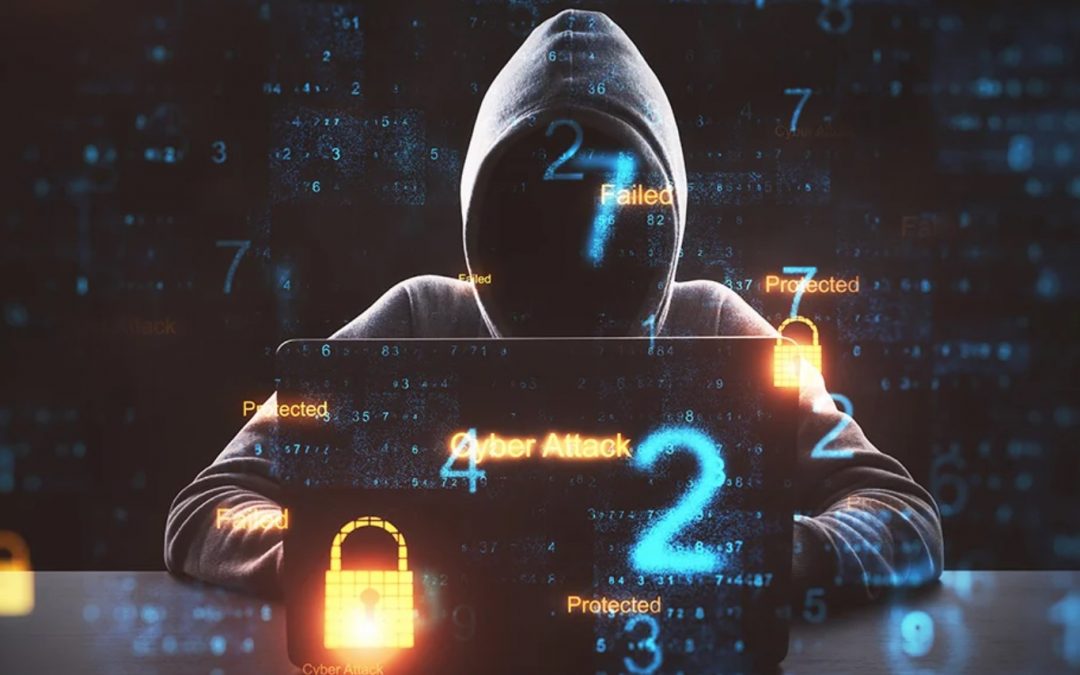In the relentless march of digital technology, humanity has achieved breathtaking innovations. This digital revolution has flung open the doors of countless possibilities across diverse domains – education, advertising, communication, entertainment, media, and beyond. Yet, within this realm of digital marvels, a looming concern casts its shadow: Copyright Infringement.
Copyright, a form of Intellectual Property (IP), stands as the vigilant guardian of creators’ rights over their artistic and literary masterpieces – encompassing films, computer programs, books, paintings, databases, maps, and more. The digital age, while a boon in many respects, has ushered in an era where the replication, distribution, copying, and sale of original works occur with disconcerting ease, often without the creator’s consent. Adding to the complexity, detecting such infringements has become an arduous task.
The Internet’s Role in Copyright Infringement
The internet, a symbol of boundless information, has emerged as a formidable adversary to copyright protection. Its vast expanse hosts a trove of content, ranging from news, graphics, stories, images, videos, to screenplays, eBooks, and more – each with varying degrees of copyright protection. The sheer volume of information renders it immensely challenging to distinguish between original works and duplications.
A prevalent misconception suggests that content found in the public domain on the internet is fair game for replication. However, this is far from reality. Unless information is made available by government authorities, the term of copyright protection has lapsed, or the creator has willingly relinquished their rights, unauthorized use constitutes an infringement.
Copyright Infringement on the Internet

Copyright infringement manifests in diverse ways across various internet platforms, including:
1. Downloading Content:
- The internet has long been a conduit for downloading files and software to individual computer systems. The act of downloading can involve reproducing or creating a copy of online content, but it comes with restrictions. Understanding these limitations is essential to avoid legal consequences.
Learn more about manual excerpts(opens in a new tab)
2. Derivative Works:
- Combining two or more programs to create derivative works can lead to copyright violations. The creation of derivative works is subject to legal scrutiny.
3. Hot-Linking:
- Hot-linking occurs when an image on a website is displayed by linking to the original website hosting that image. This practice may infringe upon a copyright owner’s rights.
4. Computer Software:
- Software piracy, a form of copyright infringement, involves unauthorized actions such as copying, distributing, exporting, renting, or selling copyrighted software.
5. Multimedia:
- Multimedia, an expansive realm comprising sounds, videos, text, images, graphics, live presentations, and more, is susceptible to copyright infringement. Violations in multimedia can involve copying, distributing, creating unauthorized copies, or selling copyrighted material.
6. Social Media Platforms:
- Social media platforms have become hubs for global connectivity, but they also serve as breeding grounds for copyright infringement. Sharing copyrighted material, often driven by the false belief that all content on social media is free to use, has resulted in a surge of infringement cases. Violations can occur through actions like saving, sharing, or re-posting copyrighted works, claiming ownership of protected works, or using others’ original works without consent.
Role of DRM in Copyright Protection
1. Content Encryption:
- DRM employs robust encryption techniques to secure digital content. It ensures that content remains accessible only to authorized users with the requisite decryption keys or licenses. This formidable barrier discourages unauthorized access and redistribution of copyrighted material.
2. Access Control:
- DRM systems grant content creators and distributors granular control over who can access their digital assets and under what conditions. This includes defining viewing periods, device restrictions, and geographical limitations. Access control mechanisms help protect content from piracy and unauthorized viewing.
3. Copy Protection:
- DRM solutions restrict the replication of digital content, preventing users from making unauthorized copies or duplicates. This feature is especially critical for industries like music, film, and software, where unauthorized duplication can result in substantial revenue losses.
4. License Management:
- DRM systems facilitate the management of licenses for digital content. Content providers can define and enforce licensing terms, including usage rights, expiration dates, and the number of permitted devices. This flexibility enables creators to monetize their content effectively while preserving copyright integrity.
5. Anti-Piracy Measures:
- DRM incorporates anti-piracy mechanisms that actively deter and detect copyright infringement. These measures may include watermarking, fingerprinting, and tracking to identify unauthorized copies and their sources. By discouraging piracy, DRM plays a crucial role in protecting creators’ intellectual property.
6. Secure Distribution Channels:
- DRM ensures that digital content is distributed through secure channels. It prevents unauthorized distribution or sharing of copyrighted material through peer-to-peer networks or illicit websites. This safeguards content’s exclusivity and value.
7. Enforcement of Copyright Laws:
- DRM systems align with copyright laws and regulations, reinforcing their enforcement. In cases of copyright infringement, DRM can provide evidence and mechanisms for legal action against violators, promoting adherence to intellectual property laws.
8. User Authentication:
- DRM requires user authentication, ensuring that only legitimate users with valid licenses can access digital content. This authentication process adds an additional layer of security and deters unauthorized viewing or distribution.
9. Reporting and Analytics:
- DRM systems often include reporting and analytics tools that provide content providers with insights into user behavior. This data helps creators refine their content strategies and identify potential threats to copyright protection.
In the complex and ever-evolving digital landscape, DRM stands as a sentinel guarding the rights and livelihoods of content creators. By providing the means to protect, control, and monetize digital content, DRM empowers creators to share their work with confidence while reinforcing the importance of intellectual property rights in the digital age. While debates about the balance between copyright protection and user rights persist, DRM continues to play a vital role in upholding the integrity of creative endeavors in the digital realm.


Recent Comments